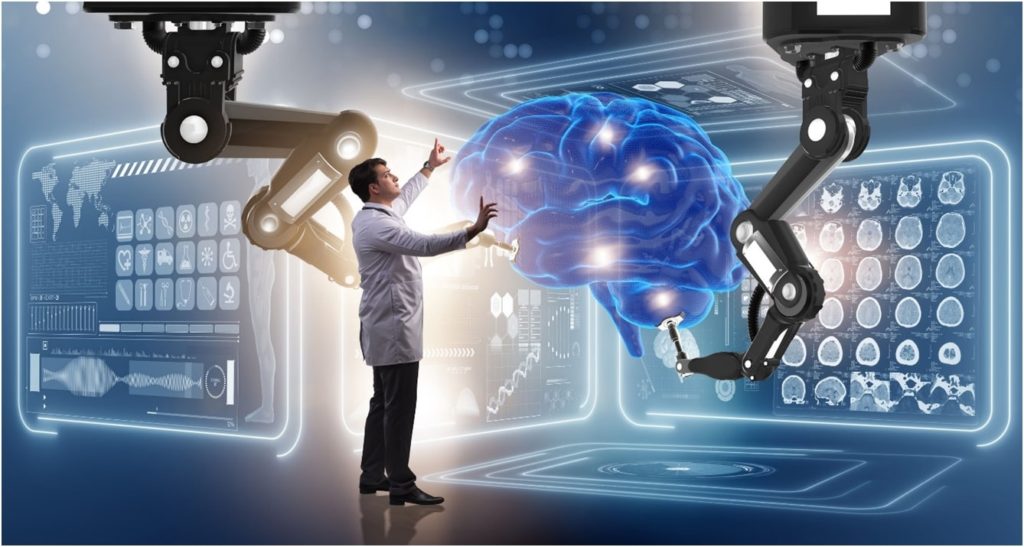AI For Hypertension

AI in Hypertension High Blood Pressure
Blood pressure is a major global public health issue raising the risk of stroke, cardiac and renal diseases. Hypertension causes other health complications, including some infections. Advances in artificial intelligence (AI) have helped people control medical problems such as hypertension and provided supportive and personalized treatment.
Photo plethysmo graphic (PPG)-based AI technology can be used for the long-term monitoring of patients with elevated blood pressure without the need for a sphygmomanometer. This makes it possible to tailor the dose to appropriate levels for reliable, situational defined blood pressure measures to new applications, including customized dose of medicines.
In diagnosing risk of high blood pressure, artificial intelligence techniques can be used such as systematic reliable diagnosing in various artificial architectures of neural networks, fuzzy systems and neuro-fuzzy systems. Although recent studies have shown that AI is feasible and likely useful in hypertension research, AI-reported treatment has yet to improve the controls against blood pressure (BP). This is because of the lack of knowledge on accuracy, precision and reliability of AI in the blood pressure region. Many factors, such as biological, environmental and lifestyle problems, contribute to poorly regulated blood pressure.
In order to warn prescribers and patients about particular factors that may influence their blood pressure controls, AI offers insight into data analysis extrapolation. AI is primarily used for the study of hypertension risk factors but has still not been used to treat high blood pressure due to the limitations of research design and the involvement of a physician with computer science literacy.A significant means of incorporating biological, behavioral and environmental variables into decision taken of effective drug use for the management of blood pressure would likely be the future of a more flexible system of multiomicsapproaches and wearable technologies.
AI is useful in predicting and controlling threats to hypertension. Yet we are far from using groundbreaking AI tools to predict and control these high blood pressure risk factors.AI is feasible and likely useful in hypertension research; blood pressure regulation is stillrequired for AI-informed treatment. It is partially due to the lack of data on the accuracy, precision, and reliability of AI in the field of BP. Many factors, such as biological, environmental, and lifestyle problems, contribute to poorly regulated blood pressure. To warn prescribers and patients about particular elements that may influence their blood pressure controls, AI offers insight into data analysis extrapolation.
The AI-based wearable can be used for blood pressure control and warning when irregularities occur. Patients no longer have to remember to take blood pressure at home or the clinic with their consciousness. For example, someAI devices allow users to have an insight into their blood pressure, movement, and sleep in real-time. The dashboard also provides an overview of trends, history, and health conditions of the users.
A group of researchers recently focused on wearable data to produce an algorithm that can predict blood pressure and provide customized advice to reduce blood pressure when necessary.


